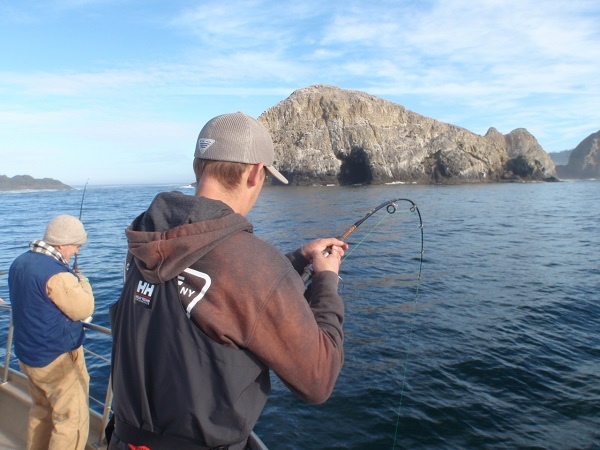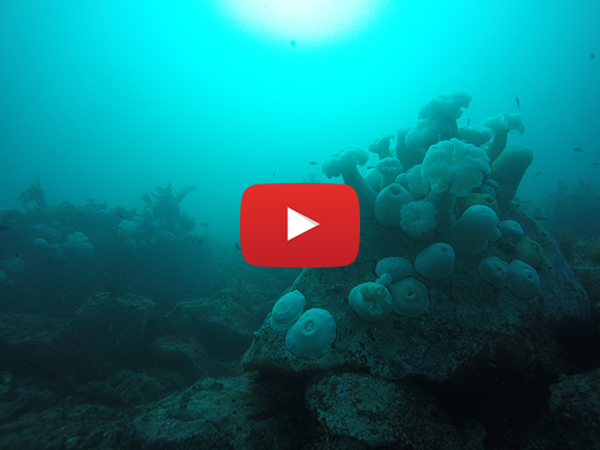Marine Reserves News: How Recreational Anglers Have Been Affected and An Underwater Tour
ODFW sent this bulletin at 10/28/2021 07:35 AM PDT
First, we wanted to know how much recreational anglers knew about the marine reserves. Most respondents (59%) said that they were aware that Oregon had marine reserves. We then asked only those participants who were aware of the reserves follow-up questions about marine reserve knowledge and perceptions. We provided a list of 20 names and asked respondents to select the five correct marine reserve names. For example, a correct answer would be “Cape Falcon Marine Reserve” while an incorrect answer would be “Fort Stevens Marine Reserve.” Many (48%) selected the option “I don’t know” and didn’t select any names. Of those who did select names from the list, the average score was 36% correct (1.8/5) with few (14%) correctly selecting all five names. The next question was more difficult and asked respondents where the marine reserves were located within zones on a map of the coast. Even fewer (2%) correctly identified all five locations. We then asked the participants if a marine reserve had caused them to change their angling behavior, with 3,898 (88%) saying no. Of those who said yes, 46% still fished in the same general area and 29% fished in the ocean more than five miles from where they previously fished. Some (18%) chose to only fish in freshwater now, and 3% fished closer to a marine reserve. When we asked respondents if they supported or opposed the reserves, 11% of respondents opposed the current Oregon marine reserve system, 43% supported the reserves, and 46% had no opinion.  These are preliminary results which have not yet been weighted by demographics. We are continuing to run additional analyses and will be writing our report soon, so stay tuned.  
|
Fall Season: Staff are submerged in data analysis and writing which will continue through the fall. This is part of the development of the ODFW Marine Reserves Program Synthesis Report, which will report on the program’s activities and monitoring over the last 10 years. The Synthesis Report will be released in early 2022. |
Explore More Marine Reserves News


OREGONMARINERESERVES.COM
Oregon Department of Fish and Wildlife
2040 SE Marine Science Dr. Newport, OR 97365 (541) 867-4741




